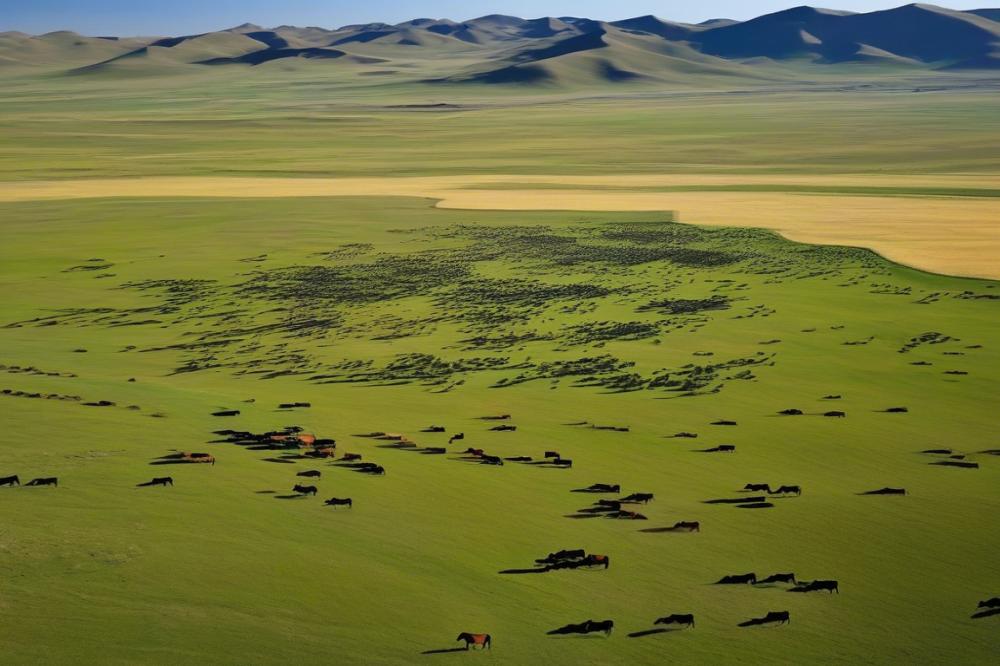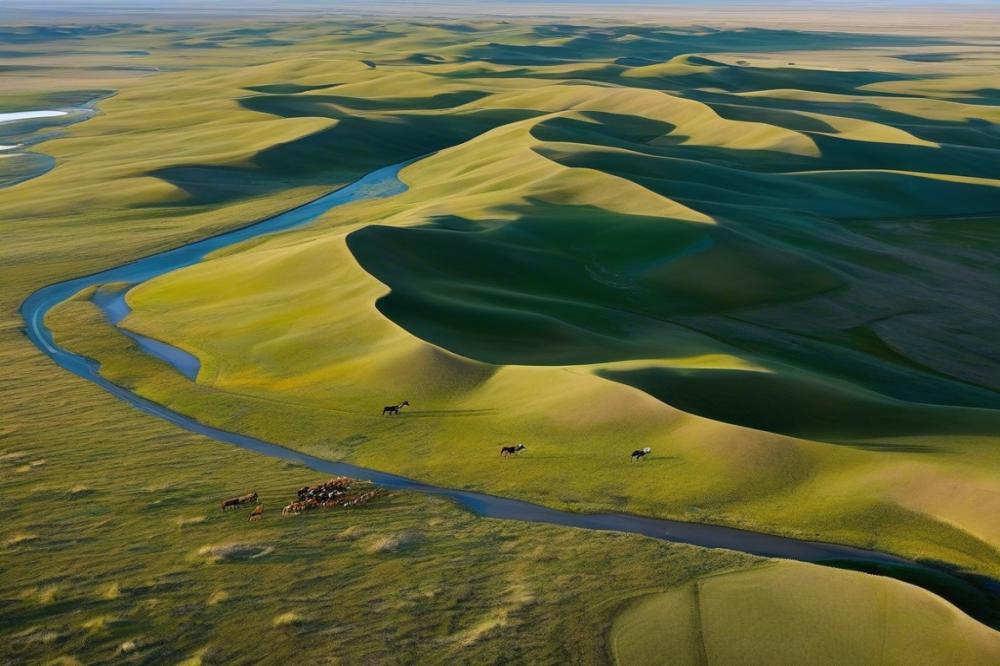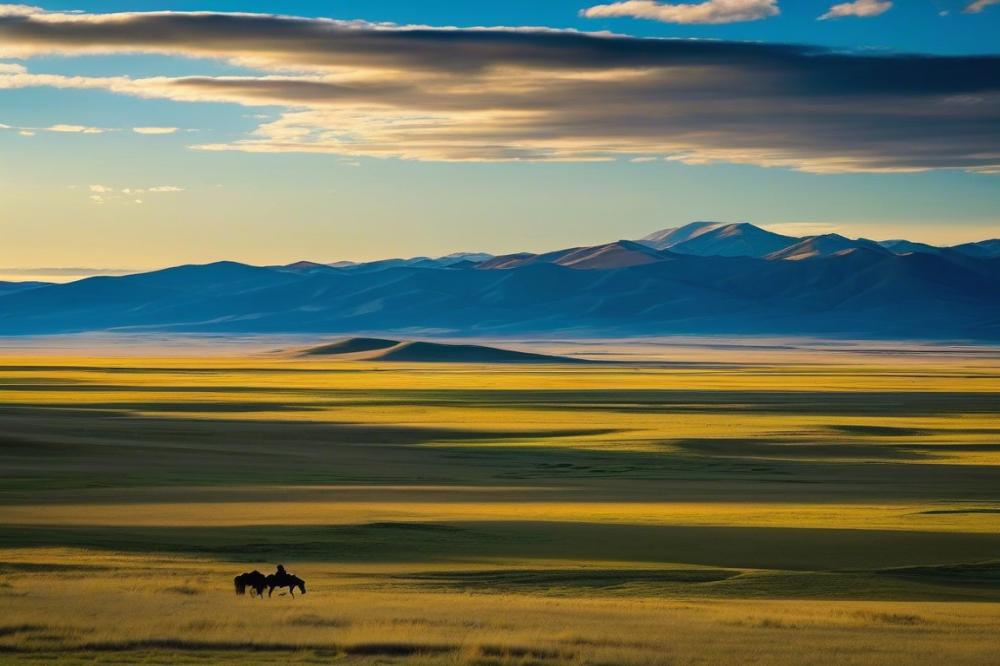Introduction
Located in the heart of Central Asia, this vast land is known for its stunning landscapes and rich traditions. The country has a remarkable equestrian culture that plays an essential role in the daily lives of its people. Horses are more than just animals here; they serve as vital companions, tools for transportation, and symbols of status and heritage.
The nomadic lifestyle relies heavily on these animals. Herds of Horses allow families to roam freely across the steppes, following the seasons and ensuring their survival. Each family may own numerous horses, which are central to their way of life. In many ways, horses embody the spirit of the nomadic community.
Statistics paint a vivid picture of this relationship. Currently, there are around 3.4 million horses in the country. This number is impressive, especially when considering the entire human population of only about 3.4 million. The bond between people and horses is deeply rooted, reflecting centuries of tradition and mutual dependence.
Historical Context of Horses in Mongolia

Throughout history, horses have played a critical role in the lives of people in this vast region. Ancient nomadic tribes depended on these animals for survival, transportation, and trade. They were not simply companions but essential partners in daily life. The connection between herders and their equine friends dates back thousands of years and is woven into the fabric of Mongolian identity.
Horses often symbolize power and status among nomadic communities. Owning many horses can elevate a family’s standing, marking them as wealthy or influential. Horse culture also features prominently in traditional ceremonies and celebrations. Competitions, such as horse racing, showcase both the riders’ skill and the beauty of their steeds. Such events instill a sense of pride in the community.
Traditional practices have also been shaped by the presence and abilities of these animals. Many rituals and customs arise from the horse’s contributions to daily life. From herding livestock to providing milk and meat, horses remain central to survival. Sporting events like the Naadam Festival highlight their importance. Such occasions emphasize not only a connection to a rich past but also the skills passed down through generations.
In many ways, horses are more than livestock; they embody a way of life deeply tied to the land and culture. Skills in horsemanship are often acquired at a young age, as children learn to ride before they can walk. Elders pass down stories centered around the bond between horses and humans. This shared history creates a lasting legacy that connects the past to the present.
The nomadic lifestyle and Its Relationship with Horses

Nomadic life in rural communities is shaped by the wide-open landscapes. Families often move from one area to another. They follow patterns based on seasons, weather, and availability of pasture for their livestock. Their homes, known as gers or yurts, are portable and can be quickly assembled. Living in harmony with nature is essential. This way of life is about survival and respect for the environment.
Horses are central to daily activities. Many people rely on them for transportation. Riding is a common sight, with children and adults galloping across the steppe. Herding livestock also depends heavily on these animals. A skilled horseman can manage hundreds of sheep and goats with ease. This bond with horses is not just practical; it is deeply woven into their culture.
Integration of horses goes beyond labor. They play a huge role in traditional practices and celebrations. Festivals often showcase horse racing, a sport that draws everyone together. Families pass down knowledge about breeding and training horses through generations. Connecting with horses fosters relationships, not just with the animals, but within the community. In many ways, horses become a part of the family, sharing in the joys and challenges of nomadic life.
Equestrian Culture and Animal Husbandry in Mongolia
Horses hold a significant position in the lives of nomadic communities. These animals are not just livestock; they are vital companions. In pastoralism, horses provide more than just transportation. They offer a mode of sustenance, assisting herders in moving their livestock across the vast steppe.
Herding techniques have been passed down through generations. Skills like riding and roping are essential for effective management. Riders often train from a young age, becoming adept at controlling their steeds. Daily routines involve guiding herds to fresh pastures or watering holes. Often, you will see families working together, each member playing a crucial part.
Role of Horses in Mongolian Festivals and Celebrations
During festivals, horses take center stage, reflecting their importance in culture. Events like Naadam showcase equestrian skills and tradition. Riders compete in races that illustrate their mastery and bond with their animals. Spectators cheer, celebrating both the riders and their steeds.
Celebrations are deeply intertwined with horse culture. Traditional rituals may include blessings for the animals to symbolize prosperity. Communities gather, united by a shared love for these creatures. The sound of hoofbeats and the sight of vibrant saddle cloths create a lively atmosphere.
The bond between people and horses is deeply rooted. These animals are not merely tools; they are family members. Their care involves understanding their behavior and needs. Each interaction helps maintain this age-old connection, which continues to thrive in the heart of pastoral life.
Impact of Modernization on Horses and Nomadic Life
Horse herders face many challenges today. The shift towards urban living impacts their way of life. Young people often leave rural areas for jobs in cities. This migration disrupts traditional herding practices. As a result, many herders struggle to maintain their livelihoods.
Modernization has also affected horse population dynamics. The number of horses has fluctuated due to changing market demands. Some herders sell horses to meet financial needs, while others buy more for tourism. These actions can lead to overpopulation or underpopulation in certain regions. Either outcome can threaten the delicate balance of local ecosystems.
Despite these changes, efforts remain to preserve equestrian culture. Many herders express a desire to keep their traditions alive. Festivals and community events centered around horses continue to draw interest. Some communities even teach children about horseback riding and herding techniques. This helps to maintain cultural connections, even as the world outside transforms rapidly.
Global influences create a mixed environment for horse herders. Some embrace technology, using social media to promote their way of life. Others view these innovations with caution, valuing traditional methods. Both perspectives exist within communities, leading to a diverse response to modernization. The balance between change and tradition is a constant negotiation.
Final Thoughts on Horses and Nomadic Life
Horses hold a central spot in the lives of many herders. This bond shapes the nomadic lifestyle, where horses serve not only as a means of transportation but also as key companions. Strong connections between people and their horses highlight the essential role these animals play in daily routines. Livestock care, herding, and even cultural celebrations often revolve around them.
Preserving equestrian culture is vital for future generations. The knowledge of horse care, riding techniques, and traditions passed down through families is part of a heritage that deserves protection. As communities face modernization, maintaining these practices is essential. If these traditions fade, they take with them an important part of identity and history.
Looking ahead, the future of horses and pastoral communities remains uncertain. Urbanization and changes in lifestyle threaten the age-old practices. However, there is potential for adaptation. Finding a balance between modern demands and traditional ways can lead to a sustainable path forward. Supporting local economies and promoting tourism centered around this unique way of life could also help maintain the connection to horses.
In conclusion, the bond with horses enriches not only the lives of herders but also the cultural fabric of the region. By valuing and preserving this connection, we ensure that both equestrian culture and nomadic life endure for many years to come.



